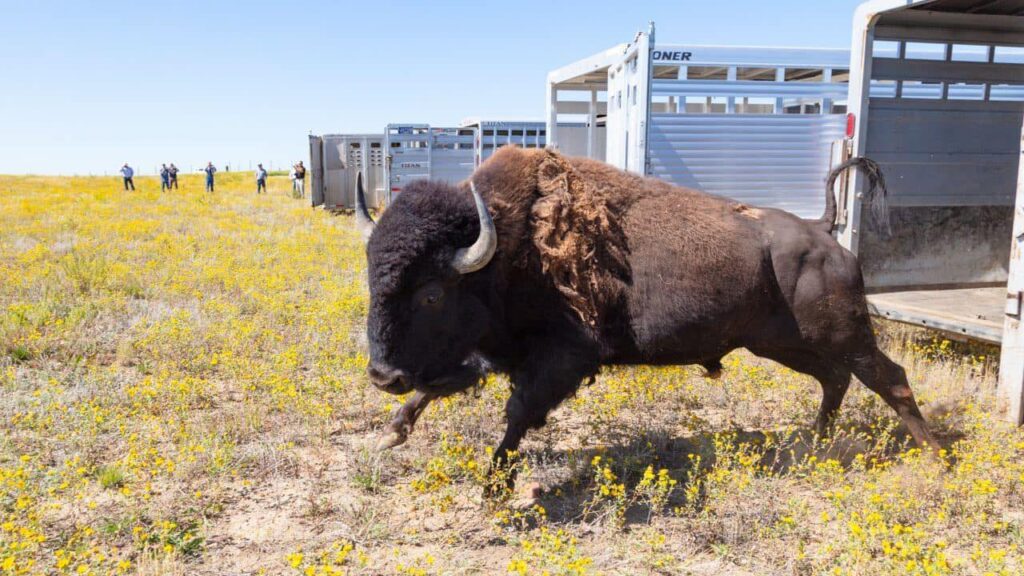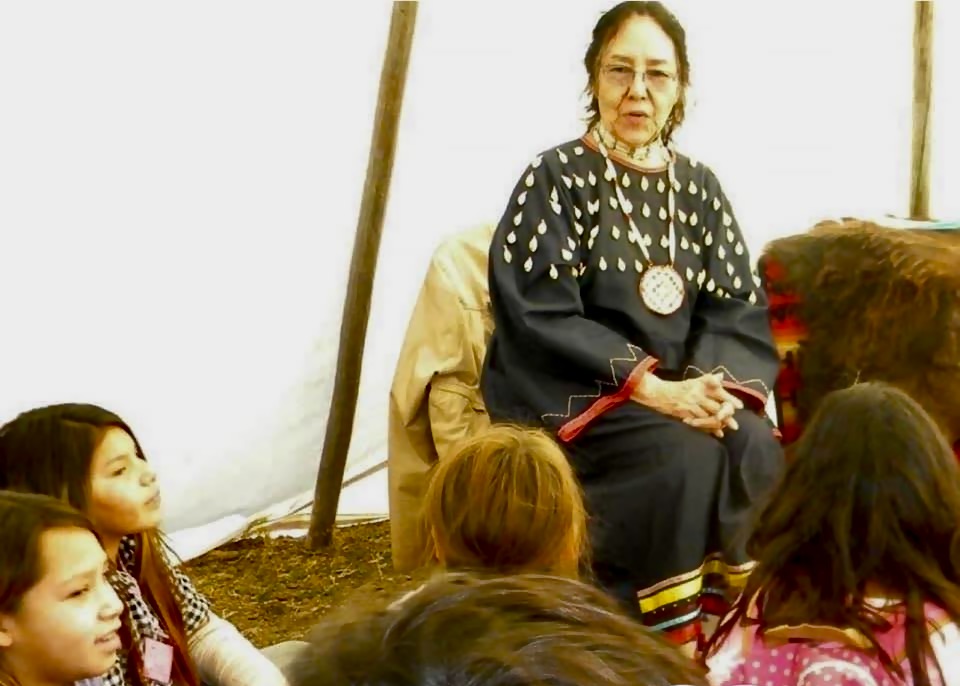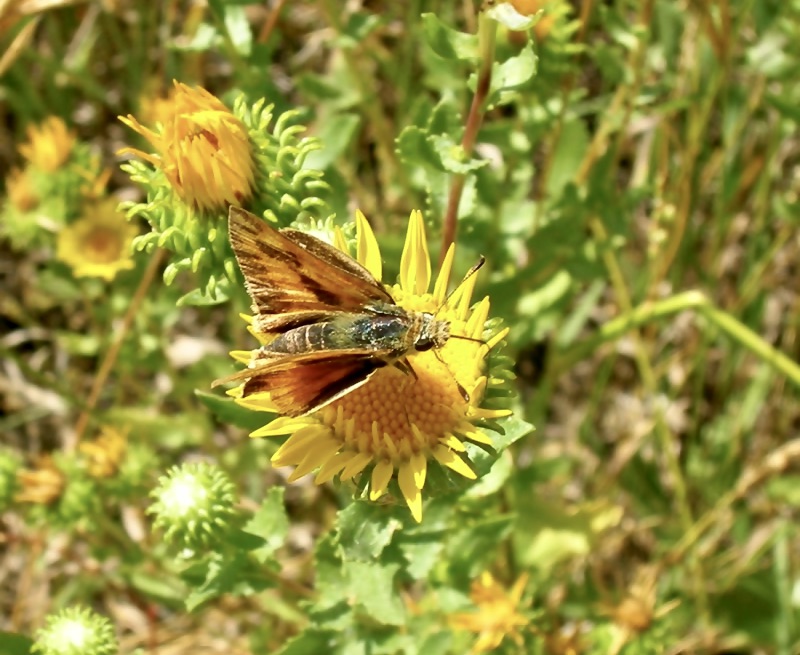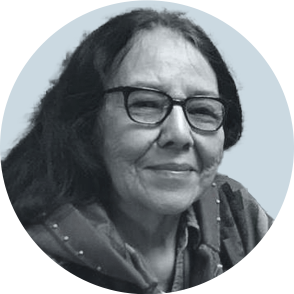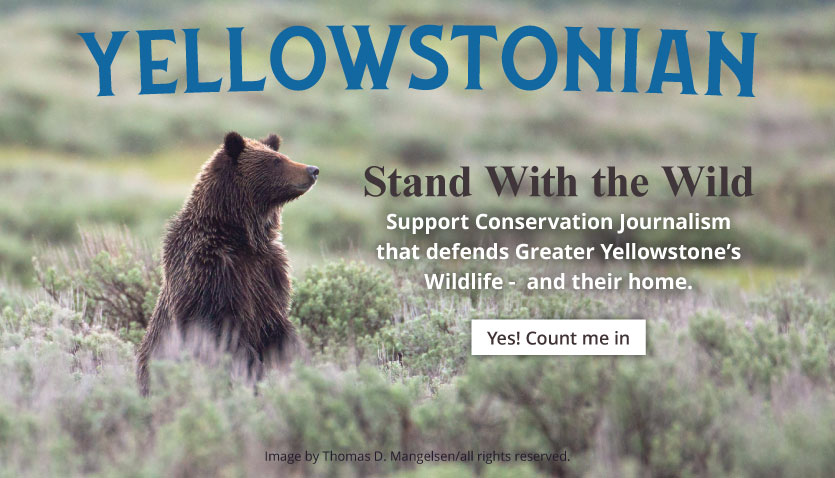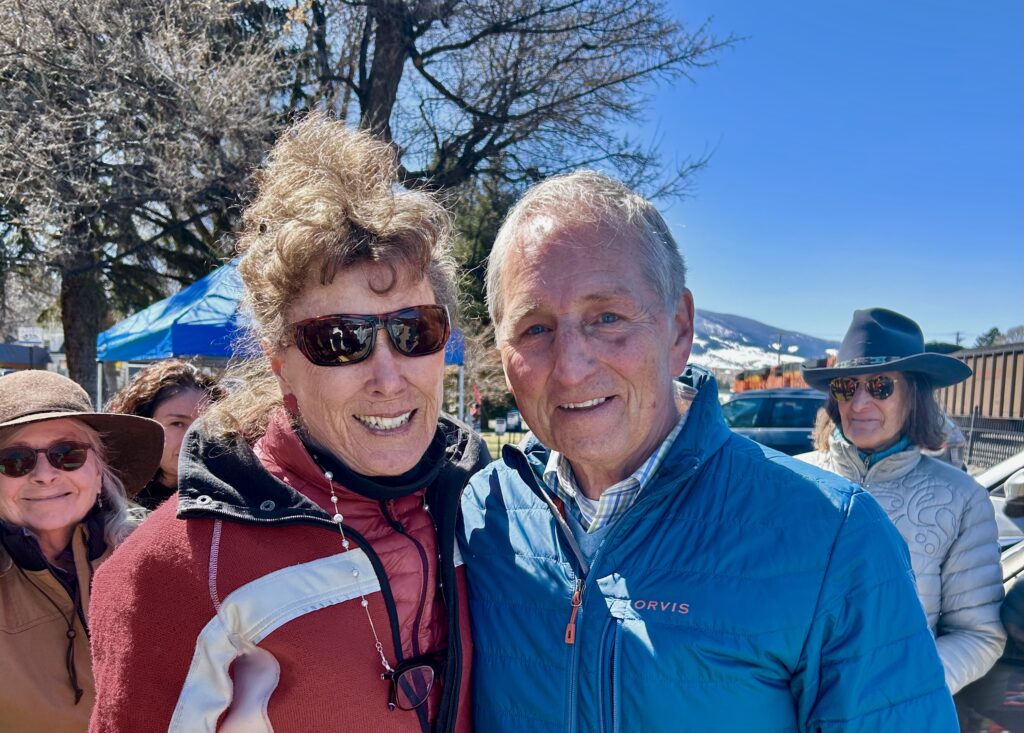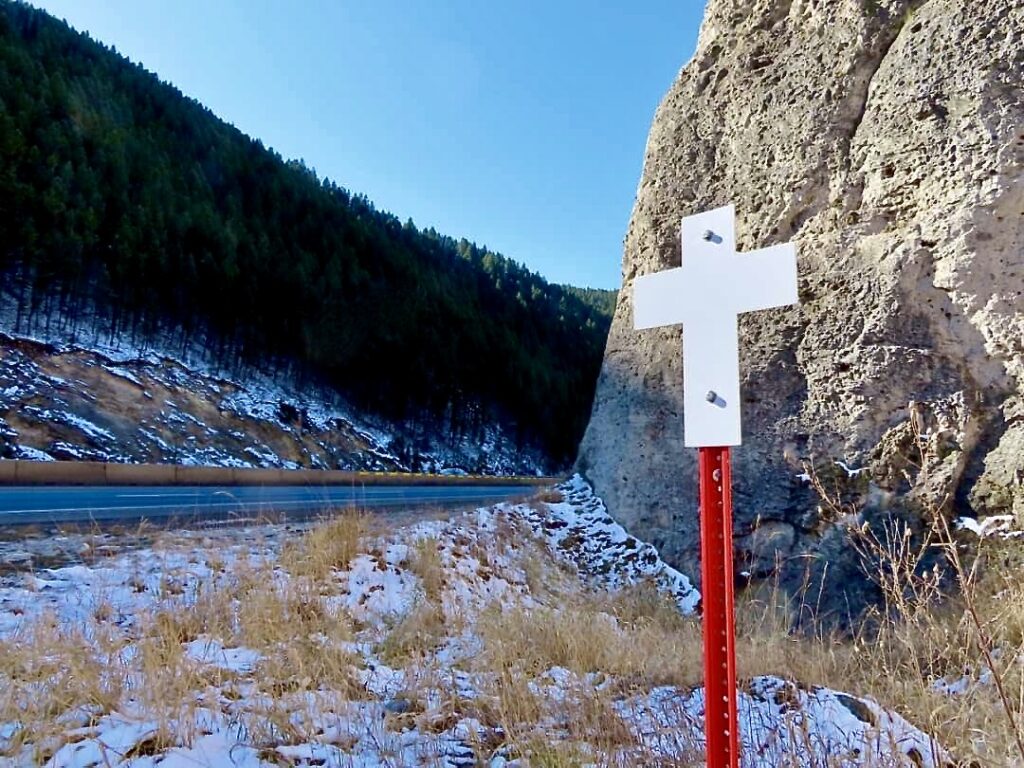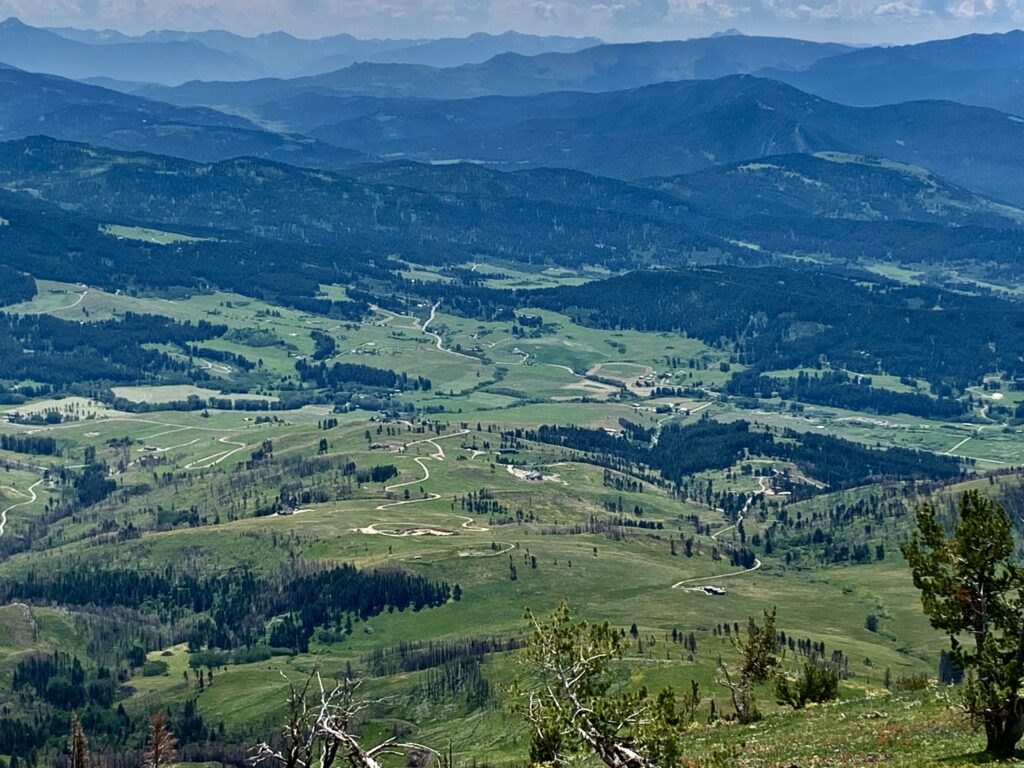EDITOR’S NOTE: Like a warming spring wind arriving on the prairie, bringing rejuvenating rain and rumbling thundershowers to the open, mostly treeless expanses of the West stretching east of the Rockies, our friend Lois Red Elk returns. Lois has been decompressing, pondering this strange state of the world, and, as always, tending to the center of both her family and community life in Fort Peck, Montana.
At some point in the near future, we’ll tell you more about the remarkable journey that Lois, a poet, essayist, artisan and keeper of Dakota/Lakota stories has been on. But now delight in a shared translation that speaks of the naturalistic/ecological/cultural/familial knowledge passed down to Lois and now, in turn, as a gift of insight to us. It’s part of the reverence for multi-dimensional beings apart from we humans, but encompasses the mutual realms in which we exist.
For Lois, elders, of course, were her teachers and she, in turn, is an elder today. Foremost she learned from spending time with her grandmothers and mothers who, in turn, had learned from their matriarchs and so on and so on, passing along an accrued connection across time and spaces of landscape.
Let it be known that Lois in these recent decades has been a huge admirer of the late Jackson Hole Grizzly 399, understanding keenly the knowledge of existence 399 passed along in her ursid bloodline and learned from her own mother. Now Lois is cheering for the survival of 399’s oldest surviving cub, and one of 399’s original triplets from almost two decades ago, 610. Welcome back Lois. We and your many admirers have missed you. —Todd Wilkinson for Yellowstonian
Essay by Lois Red Elk
The Santee women of the Oceti Sakowin (Seven Council Fires) considered themselves the speakers of the mother tongue of the original Dakota/Lakota people. Their language contained many of the root words that created the more complex words that are used today.
My mother shared this information with me while telling me about all the names of the traditional plants she and her father, who was a Pejuta Wicasa, used in their daily life and used to doctor other people of their community.
Many of the descriptions for the medicine plants told a story or described a plant detail or told how it was used or what it cured.

The word Pte Hu Gashay translates to mean Buffalo Leg Trippers or a plant that can trip a buffalo by the leg. The reason the Santee women named this plant is a good story for all women and children to know.
The plant comes into full bloom in late August. It is a small bush of yellow flowers. At the base of the flower is a bulb that produces a sticky gum. When any object or any small animal or any flying insect touches the gum they immediately become stuck or trapped in the flower. But earlier in the year, during spring and summer, it is enjoyed by pollinating insects. The English name for this small yellow flower is Curlycup gumweed.
Pte Hu Gashay is used in a tea for coughs and lung problems and is considered an expectorate. The flower tops flower and are harvested in Augist and September. They are boiled, cooled and sipped as a tea.
Long ago when the Santee women wished to capture a Pte (buffalo cow) without having to pursue it on horseback, the women would herd a lone cow into a pasture of the “trippers” or gumweed. The long hair on the legs of the Pte would become tangled in the gumweed and would cause the Pte to stumble. The women could then harvest the Pte while it was down.
This story was told to me by my mother Josephine DeMarce Red Elk who was an enrolled member of the Santee of the Spirit Lake people. She gave me the story and said I could share it when I taught classes on traditional plant uses. Now I am sharing it with you.
